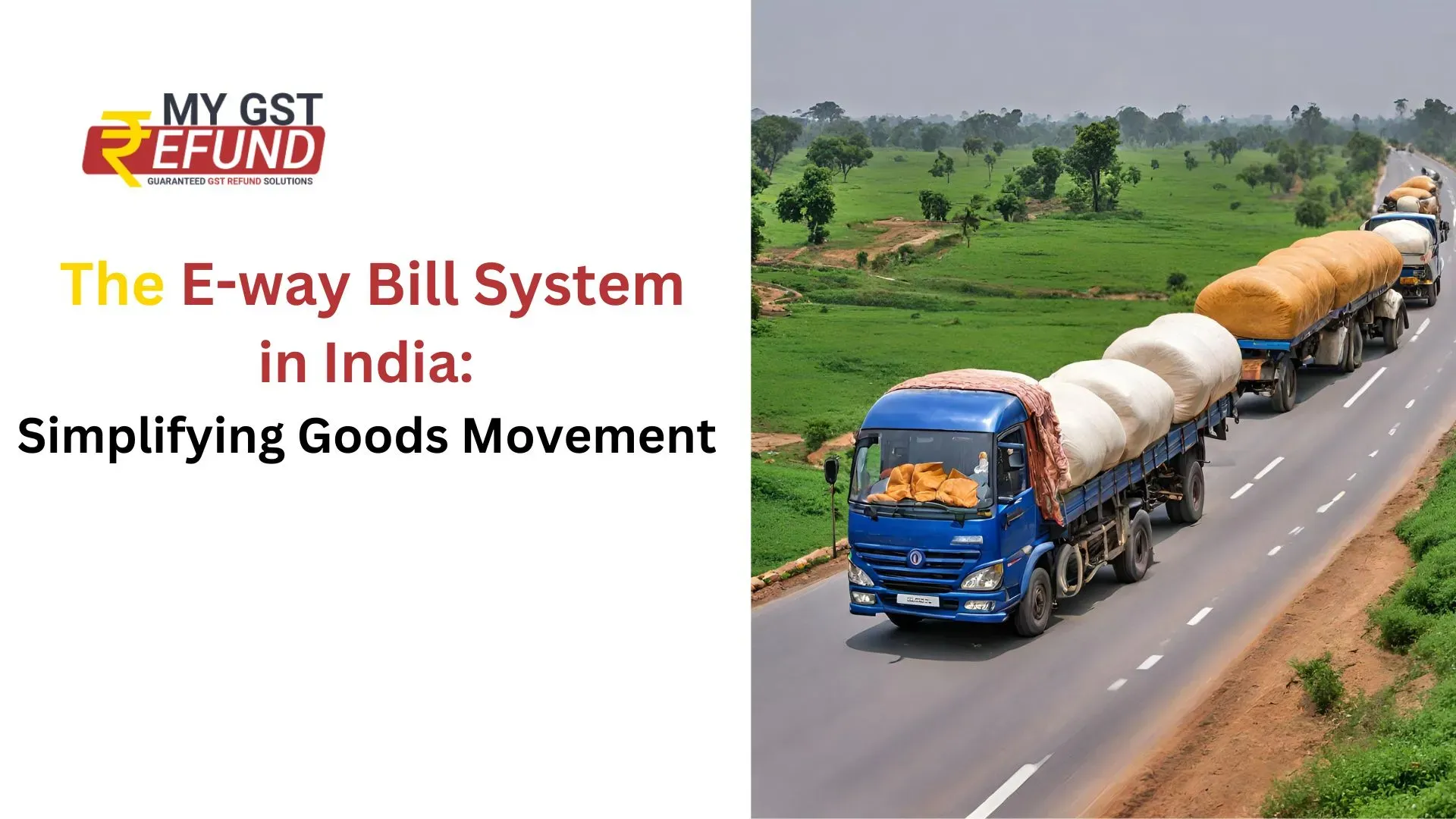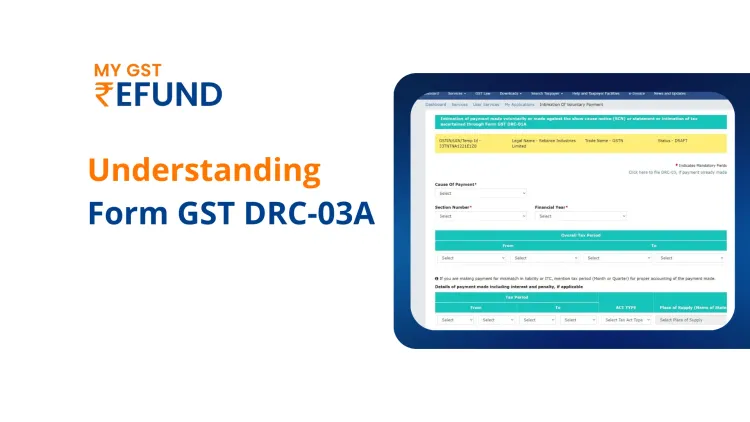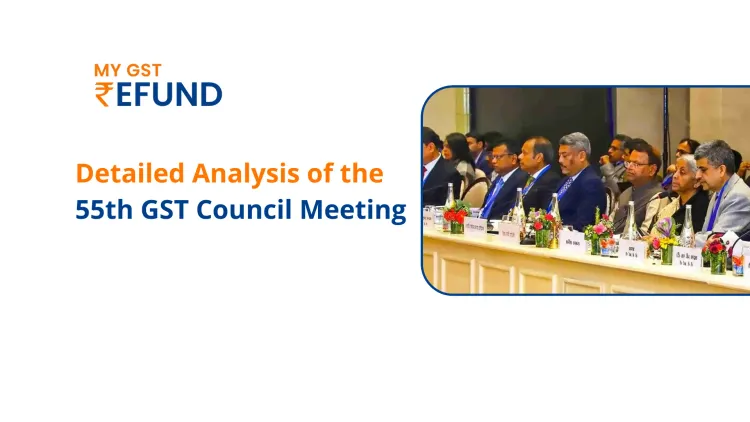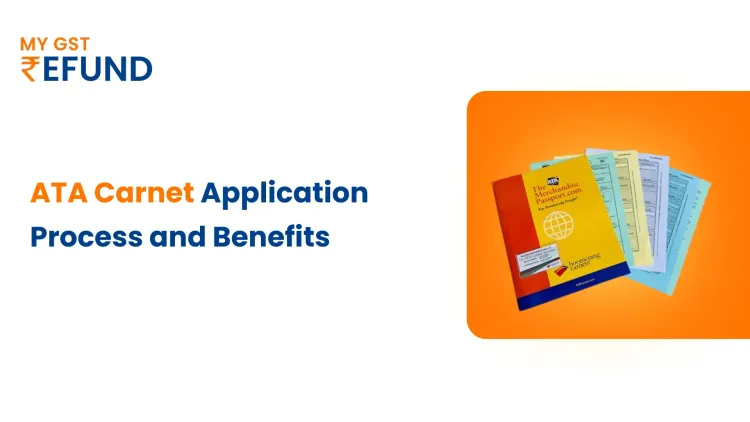The E-way Bill system in India
Published on: Mon Apr 08 2024
Bio (Reveal/Hide)

The E-way Bill System in India: Simplifying Goods Movement
The Indian economy thrives on the seamless movement of goods across states. To streamline this process and improve tax compliance, the Goods and Services Tax (GST) introduced the e-way bill system in 2018. This electronic document eliminates the need for physical permits, reduces transportation delays, and enhances transparency in the supply chain.
What is the E-way Bill System?
An E-way bill is an electronic document generated online that serves as a permit for transporting goods within India. It electronically captures details about the consignment, including:
1-Value of goods
2-Origin and destination of the shipment
3-GST Identification Numbers (GSTINs) of supplier and recipient
4-Transporter details (if applicable)
Example:
Imagine a garment manufacturer in Delhi (Supplier) needs to send a consignment of shirts worth Rs. 75,000 to a clothing store in Mumbai (Recipient). Before dispatching the goods, the supplier must generate an e-way bill on the e-way bill portal (http://ewaybillgst.gov.in/). This e-way bill acts as a virtual permit, allowing the shipment to move freely across state borders without any hassles.
Who Should Generate an E-Way Bill?
The responsibility of generating an e-way bill falls on one of the following parties:
Registered Supplier: If the supplier is a registered GST taxpayer, they are primarily responsible for generating the e-way bill for any consignment exceeding Rs. 50,000.
Registered Recipient: The recipient can generate the e-way bill if the supplier is unregistered.
Transporter: In some cases, the transporter can also generate the e-way bill, but only with the supplier's consent.
When to Generate an E-way Bill ?
An e-way bill is mandatory for the movement of goods exceeding Rs. 50,000 in value (as of April 2024). This applies to both inter-state (between states) and intra-state (within a state) movement of goods. However, some states may have lower threshold limits. It's advisable to check with the concerned authorities for specific state regulations.
Here's a breakdown of e-way bill applicability based on value
Inter-State Movement: Mandatory for all goods exceeding Rs. 50,000.
Intra-State Movement:
Most states: Mandatory for all goods exceeding Rs. 50,000.
A few states (like Delhi): May have a higher threshold (e.g., Rs. 1 lakh).
How to Generate an E-way Bill
The e-way bill system offers a user-friendly online portal (http://ewaybillgst.gov.in/) for generating e-way bills. Here's a simplified guide:
Register on the e-way Bill Portal: Businesses need to register on the portal using their GSTIN credentials.
Initiate e-way Bill Generation: Once logged in, select the "Generate e-way Bill" option.
Enter Shipment Details: Provide details like supplier and recipient GSTINs, product description, HSN code (harmonized system nomenclature for classifying goods), quantity, value, and origin and destination addresses.
Transporter Details (Optional): If using a transporter, enter their details.
Generate e-way Bill: Upon submitting the information, the system generates a unique e-way bill number (EBN). This number serves as the virtual permit for the consignment.
As of March 2023, over 6.5 billion e-way bills have been generated on the e-way bill portal, highlighting its widespread adoption by businesses.
What is the Validity of an E-way Bill?
Validity Period based on Distance:
Up to 100 kilometers (km): 1 Day
100 km to 500 km: 3 Days (This is a significant increase from the previous validity period of 1 day per 100 km, implemented in January 2021. This change aimed to reduce delays for mid-distance transportation)
500 km and above: 1 Day for every additional 500 km (or part thereof)
Cases When an E-way Bill is Not Required
Exemptions by Value
Threshold Limit: Generally, an e-way bill is not required for the movement of goods with a value less than Rs. 50,000. This applies to both inter-state and intra-state movements (in most states).
Exemptions by Goods Category:
Certain categories of goods are inherently exempt from the e-way bill requirement. These include:
Essential Items: Milk, curd, lassi, fresh milk, vegetables, fruits, unprocessed tea leaves, unroasted coffee beans (refer to the official notification for the complete list).
Livelihood Goods: Live animals, plants, and trees.
Educational Materials: Books, maps, and periodicals.
Salt
Unbranded Rice and Wheat Flour
E-way bills are not required for the movement of goods under specific situations:
From Customs Port/Station: Goods transported from a customs port, airport, air cargo complex, or land customs station to an Inland Container Depot (ICD) or Container Freight Station (CFS) for customs clearance.
Under Customs Supervision/Seal: Goods transported under customs supervision or under a customs seal.
Government Movement: Movement of goods by the Central Government, State Government, or a local authority, if transported by rail.
Non-Motorized Transport: Goods carried by non-motorized vehicles like bicycles, rickshaws, handcarts, or even by hand.
Document required to generate E-Way Bill
While generating the e-way bill online, you'll need the following information to hand:
GSTINs: The GST Identification Numbers of both the supplier (sender) and recipient.
Invoice/Bill Details: This includes the invoice or bill number, HSN code (harmonized system nomenclature for classifying goods), description of goods, and their value.
Transporter Details (Optional): If you're using a transporter to move the goods, you'll need their details as well.
Origin and Destination Addresses:Clearly specify the starting and ending points for the goods' journey.
A staggering statistic highlights the importance of accurate information: As of December 2023, over 12 million e-way bills were rejected due to discrepancies or missing information. This emphasizes the need for careful data entry to avoid delays during transportation.
FAQs
Can I generate an e-way bill offline?
No, currently, the e-way bill system requires online generation through the official portal.
What happens if I am caught transporting goods without a valid e-way bill?
Penalties for non-compliance with the e-way bill system can include detention of goods, seizure of vehicles, and monetary fines.
Can I extend the validity of an e-way bill?
Yes, the e-way bill system allows for online extension of validity under specific circumstances (subject to approval).
How can I check the status of an e-way bill?
The e-way bill portal allows registered users to track the status of their e-way bills using the EBN number.
Related Posts






